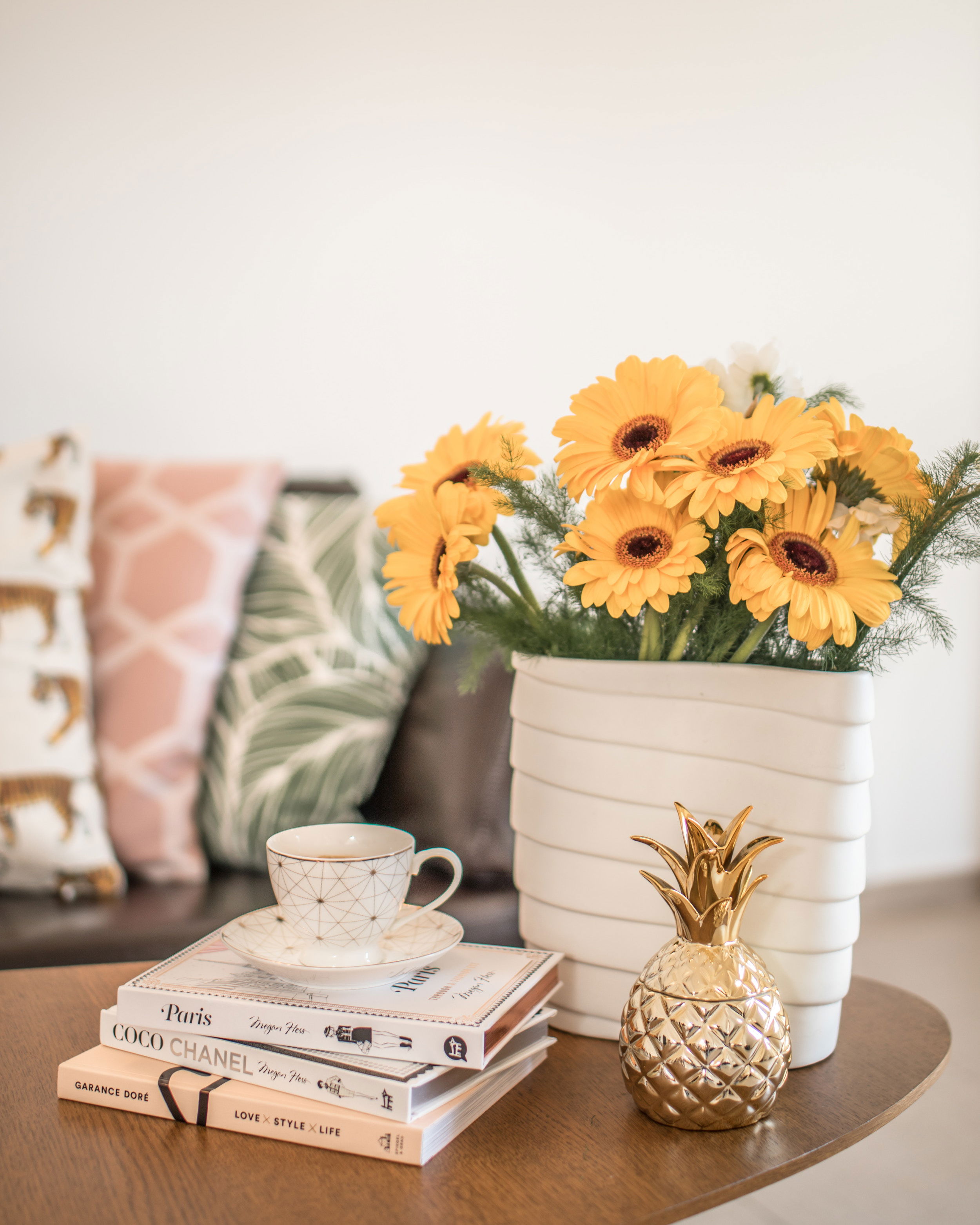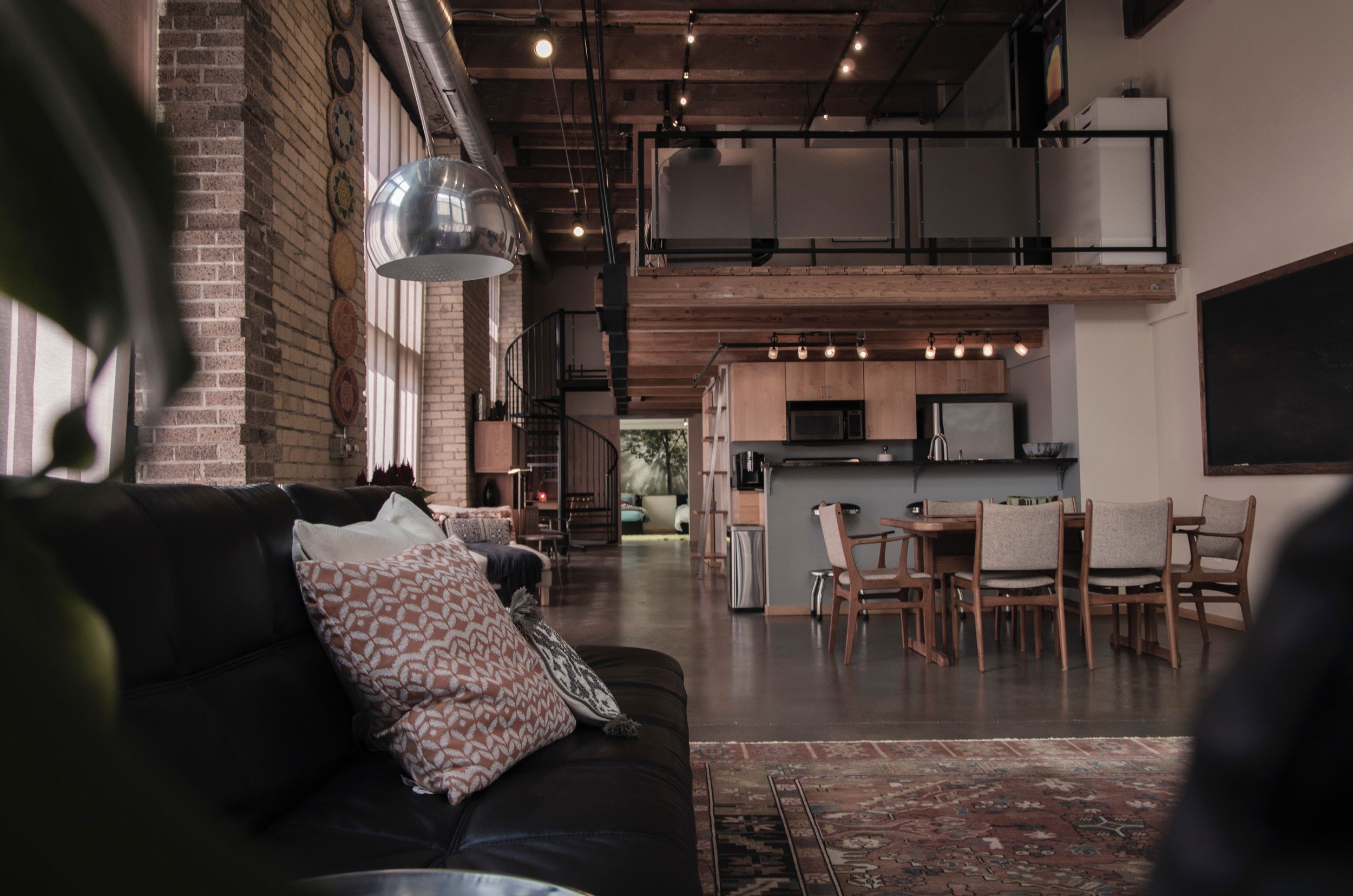Creating a Mindful Home Environment: Reducing Stress in Your Living Space
In a world marked by constant stimulation and demands, the concept of a mindful home environment holds profound significance. Our living spaces serve as sanctuaries where we seek solace, relaxation, and rejuvenation. By intentionally cultivating a mindful home, we can create a space that promotes tranquility, reduces stress, and nurtures our overall well-being. In this article, we will explore the principles of a mindful home environment, delve into the psychological benefits of such a space, and offer practical strategies to transform your living area into a haven of serenity.
The Essence of a Mindful Home
A mindful home is a space that supports your mental, emotional, and physical well-being. It's about creating an environment that encourages present-moment awareness, connection, and a sense of sanctuary.

The Psychological Benefits
Stress Reduction: A mindful home can act as a buffer against daily stressors, promoting relaxation and inner calm.
Enhanced Focus: A clutter-free and organized space can improve focus, productivity, and mental clarity.
Promotion of Mindfulness: A mindful environment encourages mindfulness practice, leading to reduced anxiety and improved well-being.
Strategies for Creating a Mindful Home
Declutter and Organize: Clear clutter from your living space, creating a sense of openness and order.
Natural Elements: Incorporate natural elements like plants, natural light, and soothing colors to promote a connection with nature.
Mindful Decor: Choose decor that resonates with your values and brings you joy, fostering a sense of meaning and contentment.
Create Zones of Tranquility: Designate areas for relaxation, meditation, or simply unplugging from technology.
Reduce Digital Distractions: Limit screen time and create tech-free zones to encourage presence and connection.
Sensory Appeal: Engage the senses with calming scents, soft textures, and soothing sounds.
Minimalism: Embrace minimalism by focusing on quality over quantity, allowing for a more intentional and serene space.
Incorporating Mindful Practices
Mindful Breathing: Dedicate moments to practice deep breathing, grounding yourself in the present moment.
Meditation Nook: Create a serene corner for meditation, reflection, and mindfulness exercises.
Gratitude Corner: Designate a space to express gratitude through journaling or visual displays.

The Ripple Effect of a Mindful Home
A mindful home doesn't just impact your personal well-being; it also influences your interactions, relationships, and overall quality of life.
Conclusion
Creating a mindful home environment is a conscious and transformative act of self-care. By curating a space that reflects your values, promotes tranquility, and nurtures your well-being, you take a powerful step towards reducing stress and enhancing the quality of your life. Remember that cultivating a mindful home is an ongoing process, and small changes can yield significant results. As you embark on this journey, approach it with intention, presence, and an open heart. By embracing the principles of a mindful home environment, you invite peace, serenity, and a deeper connection to yourself and the world around you.
Sources:
- Mindful. "How to Create a Mindful Home." https://www.mindful.org/how-to-create-a-mindful-home/
- Psychology Today. "Why Your Environment is the Biggest Factor in Changing Your Habits." https://www.psychologytoday.com/us/blog/the-athletes-way/201701/why-your-environment-is-the-biggest-factor-in-changing-your-habits
- HuffPost. "The Importance of Creating a Mindful Home." https://www.huffpost.com/entry/the-importance-of-creating-a-mindful-home_b_58921ec4e4b0985224db5b85
- The Chopra Center. "5 Tips for Creating a Mindful Home." https://chopra.com/articles/5-tips-for-creating-a-mindful-home
- Zen Habits. "Creating a Mindful Home." https://zenhabits.net/home/